japanese
now browsing by tag
Kimono Patterns – Asanoha 麻の葉

Asanoha is one of my favorite kimono patterns. Especially when I see it done in Sashiko 刺し子 (Japanese embroidery) with a crisp white silk thread against an indigo background. Although it is equally beautiful as a subtle under pattern to a yuzen 友禅染 (resist paste dyeing technique) design.
Let’s take a look at this kimono pattern…
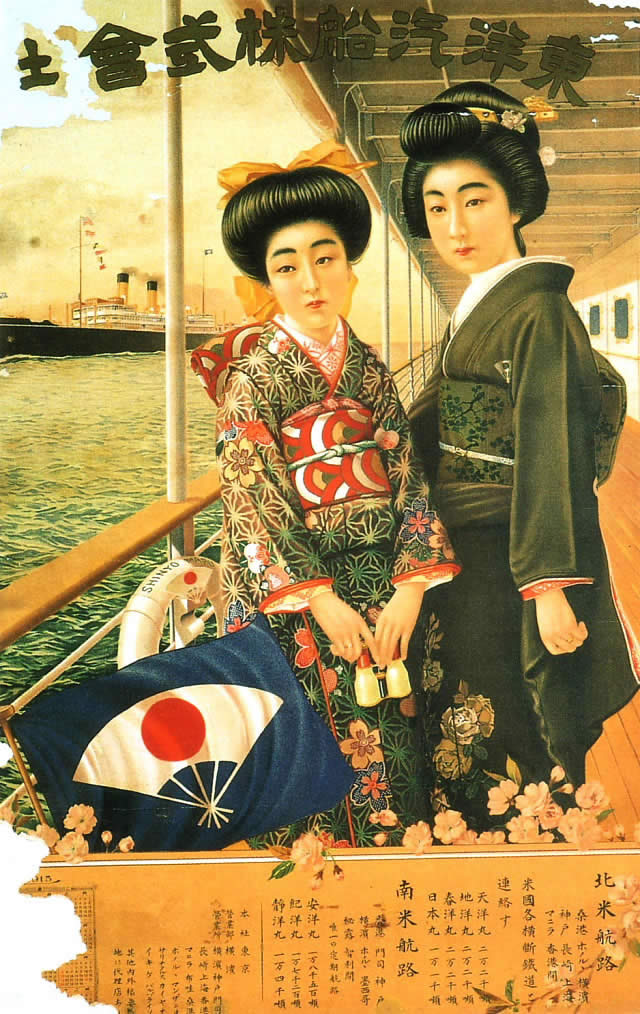
The Pattern of Asanoha 麻の葉 represents hemp leaves. It’s a pattern that has been used to decorate Buddhist statues since the Heian period 平安時代 (794 – 1185) .
“Asa” means hemp and “ha” means leaf. The design has 6 diamonds radiating from a center point (Although most hemp leaves have 5-7 leaves). Hemp was a very important plant in Japan as it was the primary fiber used in clothing along with silk until cotton was cultivated in the Sengoku period 戦国時代 (1467 to 1615). Most original yukata 浴衣 (summer kimono) and underclothing were made of hemp or silk.
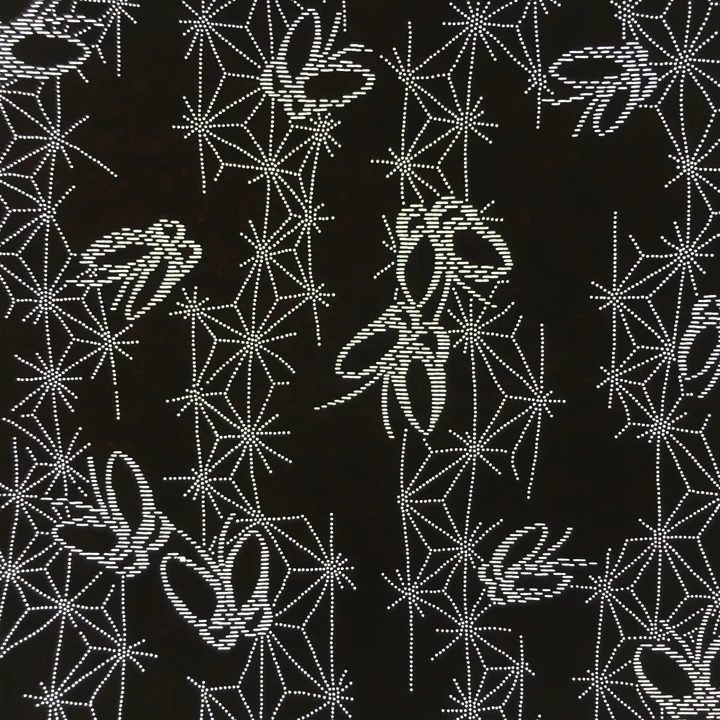
Hemp grows quickly, does not need much care and is durable so it is often used in young children and baby clothes in the hope that they will grow strong and healthy
This design was particularly popular during the Edo period 江戸時代 (1603-1868), when it was promoted by Iwai Hanshirou 岩井半四郎 (1776-1847)
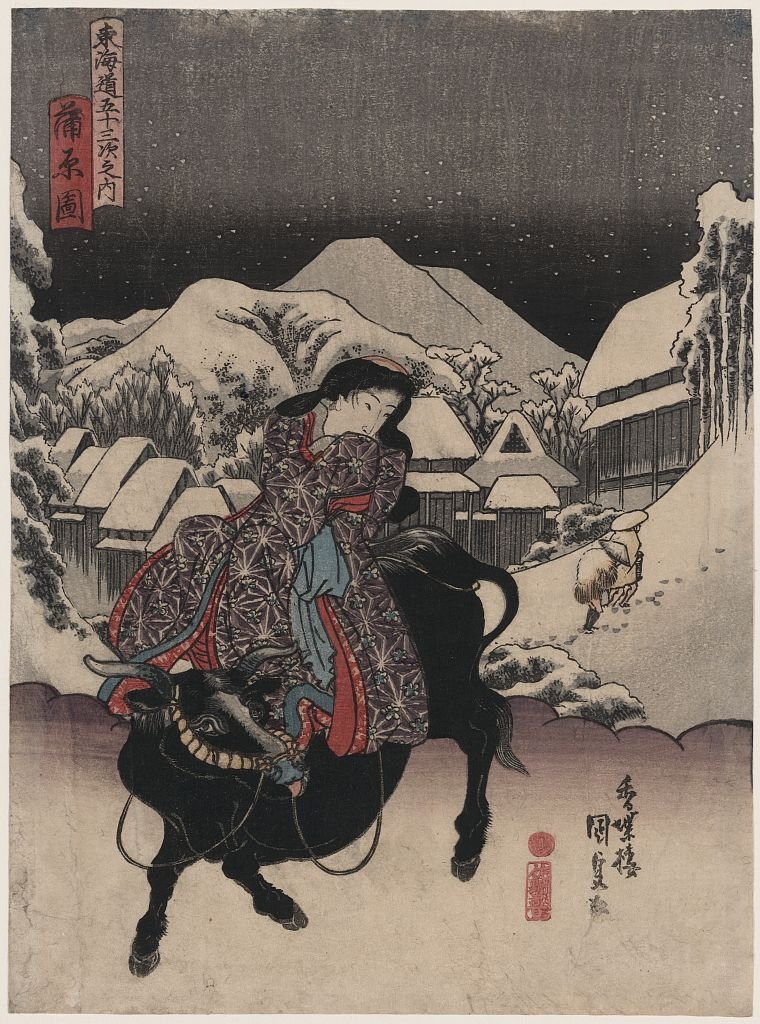
White Day in Japan
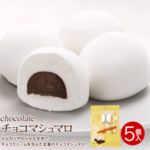
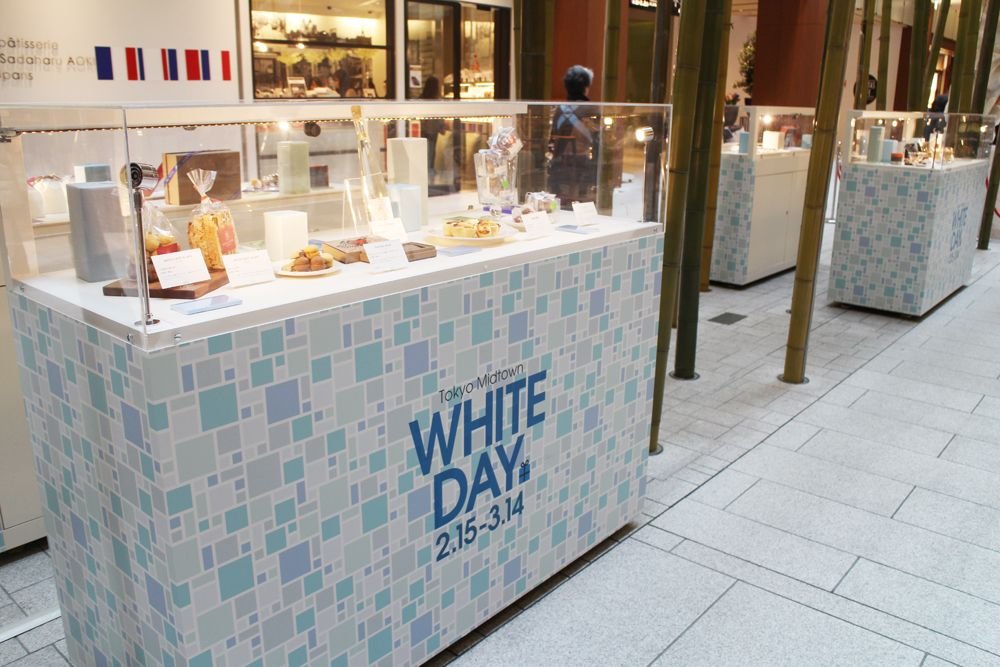
Copyright Japan Today
Japan has had a unique way of celebrating Valentine’s Day since it arrived in the late 1950s. Unlike America where it is a general romantic day for both sexes marked by roses, boxes of heart shaped chocolates and expensive dinners, in Japan it is a day exclusively for women to show their affections for the men in their lives by giving them chocolates.
It does not necessarily have to be romantic in nature, in fact, you are expected to give chocolate to friends and co-workers as well. Referred to as giri-choco (obligation chocolates). Although home made chocolate (honmei choco) and expensive boxes are reserved for your husband, boyfriend or the man whose affection you are seeking.
I have an entire post about Valentine’s Day here.
Today we are talking about a holiday unique to Asia that began in Japan in the late 1970s called White Day. It occurs on March 14th and is for the men to reciprocate to the women in their lives with a gift worth more than what they were given on Valentine’s Day.
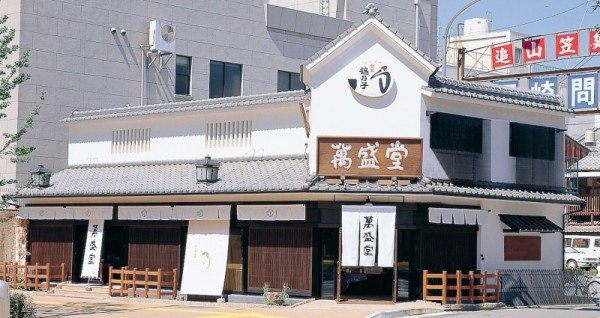
Copyright ishimura.co.jp
The generally accepted beginning of the holiday, according to the United States Department of Commerce, starts with confectionary shop Ishimura Manseido (石村萬盛堂) in the Hakata region of Fukuoka.
Founded in 1905, the shop specializes in marshmallows. Especially a product called Tsurunoka, a sweet yellow bean paste filled marshmallow. But for White Day they swapped out the bean paste for chocolate and with the slogan “I would like to take the chocolate I received from you, and wrap it with my white heart” the first “Marshmallow Day” (マシュマロデー) was held in 1977.
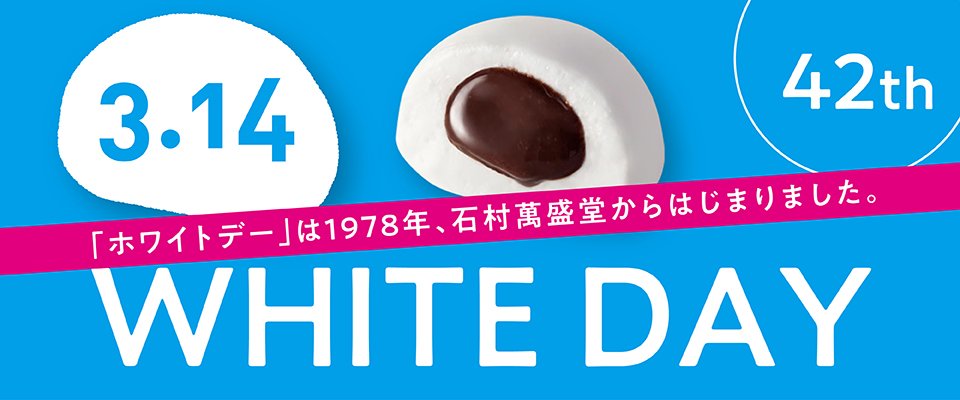
Marshmallow Day didn’t catch on however until the National Confectionery Industry Association (全国飴菓子工業協同組合) established it as White Day, an “answer day” or “reply day” to Valentine’s Day in 1978 with the catchphrase “White Day is a sweet day.”
On White Day a man is expected to reciprocate the gifts he was given on Valentine’s Day 3 or 4 fold. Like Valentine’s Day these gifts do not have to be romantic in nature. While they are often a white chocolate or marshmallow gift it can be everything from sweets to clothing and jewelry. A popular gift today is pudding (or purin プリン) bought from famous shops.
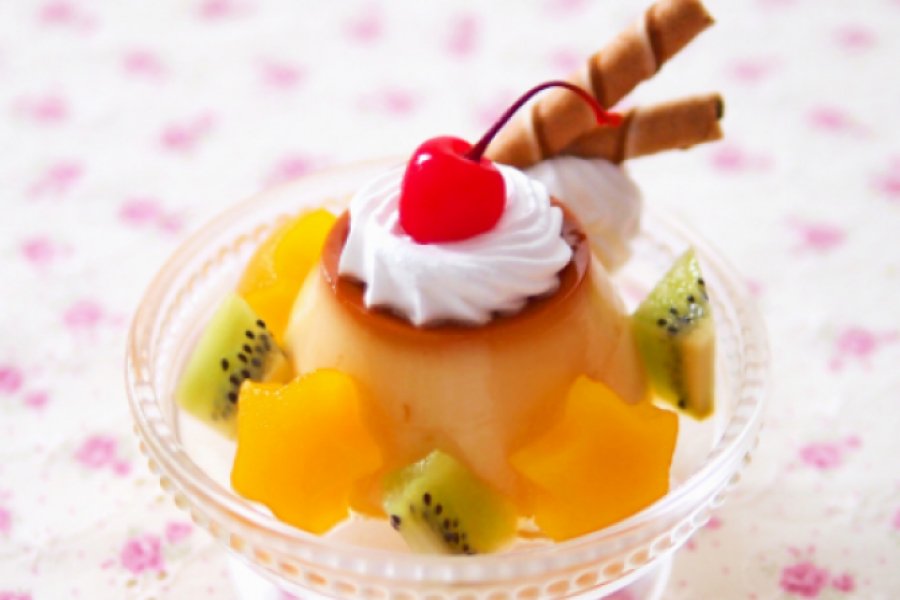
https://recipe.monteur.co.jp/
According to Kaori Ishida from The Japan Times “Most women know which shop carries the best pudding and it goes without saying that the packaging must be Instagrammable. Bonus points if the guy got in line to purchase the pudding. Extra bonus points if the guy took a selfie of himself waiting in line, and then sent it to his girlfriend whereupon she can post that on Instagram as evidence of how much he loves her.
This March 14th whether the gift you receive is big or small, Instagrammable or not, today maybe you might buy someone a pudding, white chocolate or even a marshmallow treat for that tiny shop in Fukuoka who started a cultural phenomenon now celebrated throughout Asia and the world.
Sailor Moon 28th Anniversary

March 7th marked the 28th anniversary of Sailor Moon’s debut on Asahi Television. It aired at 7pm on Saturday nights
In honor of the anniversary here are a few pics of Sailor Moon and scouts in kimono!
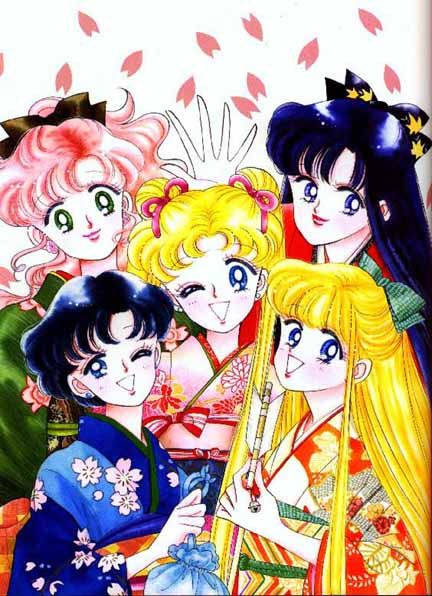
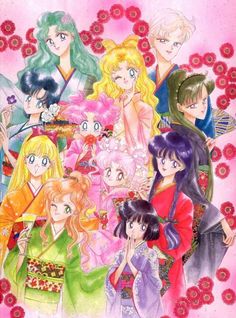
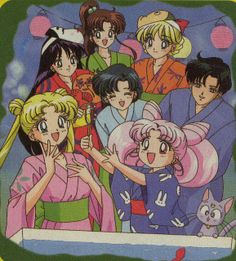
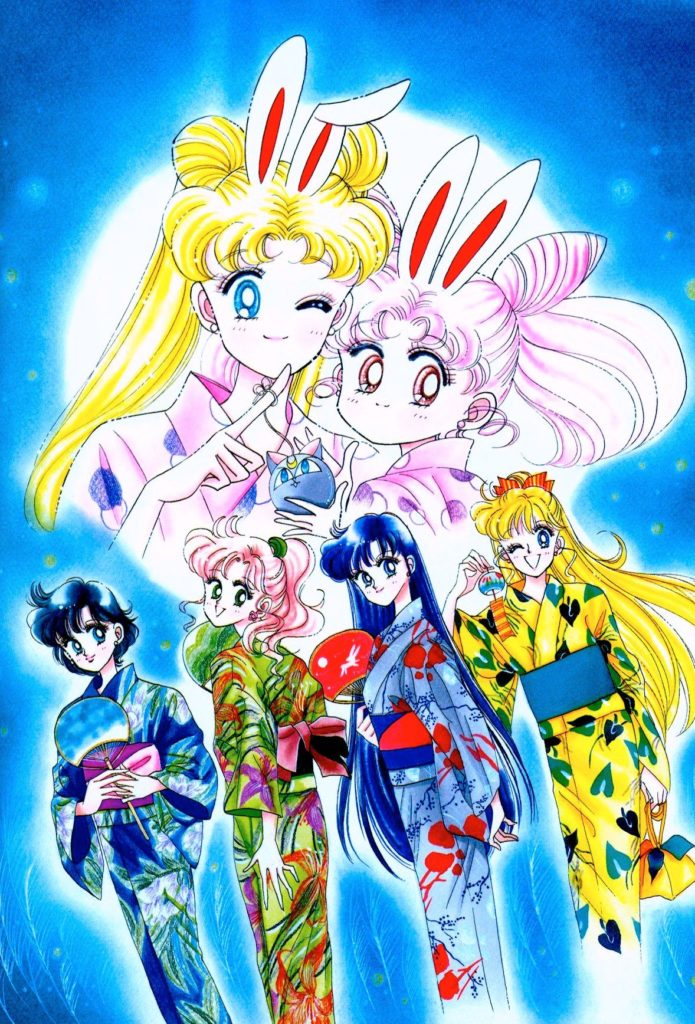
Valentine’s Day in Japan

Let’s talk about Valentine’s Day!
Not the typical American holiday of flowers and chocolates and expensive dinners. We’re talking about the Japanese take on the time honored holiday of love. (Which is as passionately loved and hated there as it is here.)
In Japan, Valentine’s Day is almost exclusively a day for women to give chocolates to male friends, family and colleagues, as well as husbands, boyfriends, and those they hope might become their boyfriends, should they be impressed by the fine chocolates they are being given.
There are actually two types of chocolates given out on Valentine’s Day.
Giri-choco and Honmei-choco.
(A third type of chocolate is a more recent trend and this is Tomo-choco. Tomo means friend in Japanese, and Tomo-choco are for female friends in a woman’s inner circle.)
Giri means “obligatory” and so Giri-choco are often small inexpensive gifts given to colleagues, family and male (non-romantic) friends.
Honmei-choco are the special chocolates that one makes or purchases for a love interest. They are normally either far more expensive than the Giri-choco or a lot more effort has been put in to their making.
In fact the month before Valentine’s Day shops are often filled with the accessories, supplies and gift wrap that you need to make homemade chocolates and give them that special touch.
Men are not expected to reciprocate til the following month on White Day. A holiday started by a Japanese confectionery and mainly to be found in Asia.

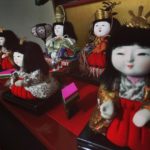


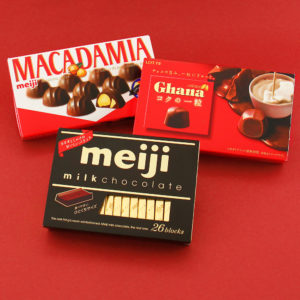
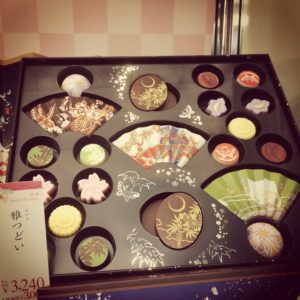

 D5 Creation
D5 Creation